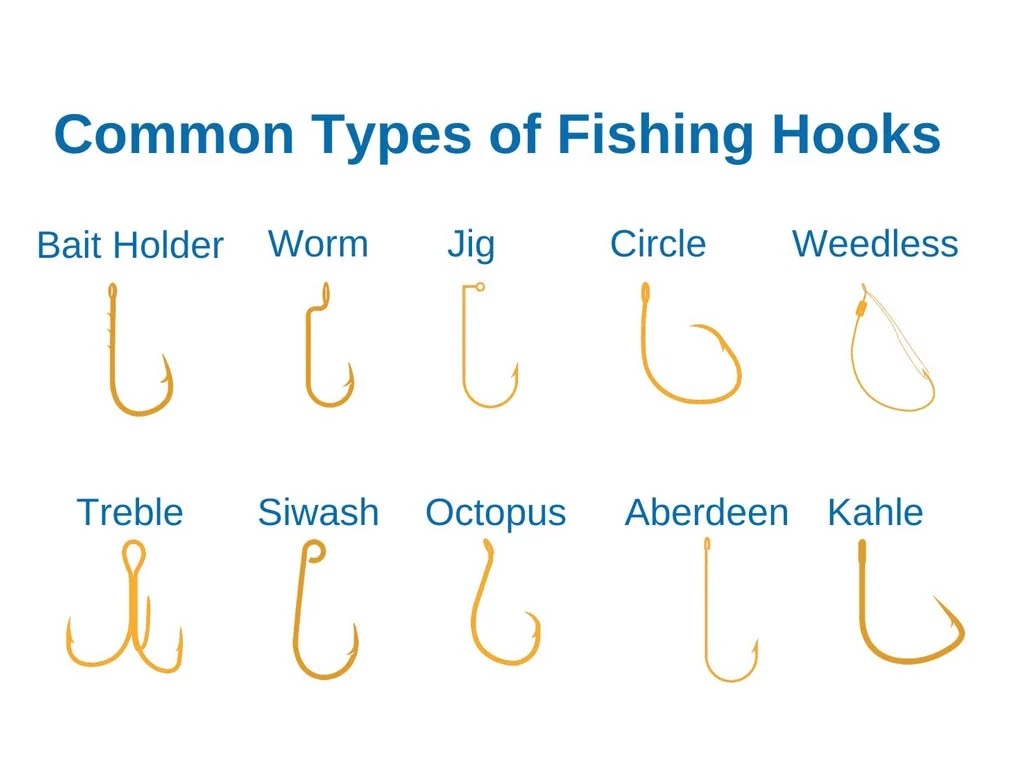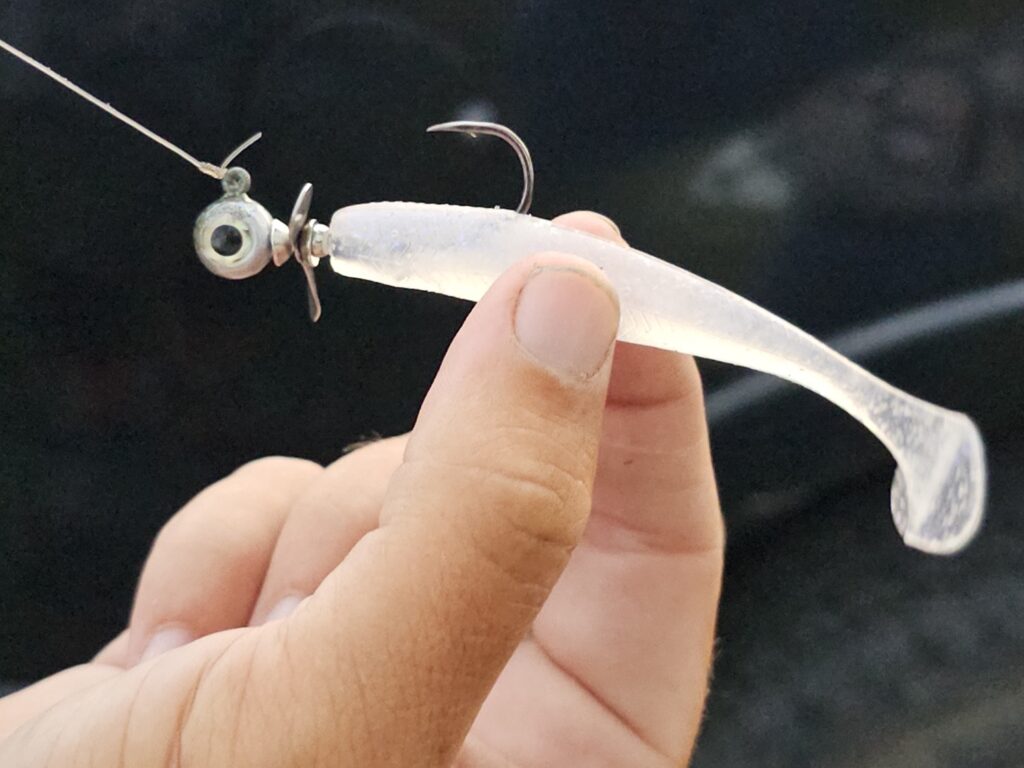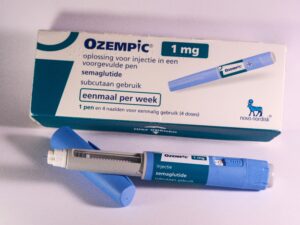By Charles Betzler
Before we explain the use of each type of hook, here is a basic definition of terms for parts of fishing hooks.

Point: The sharp part of the hook that pierces the fish’s flesh.
Barb: A spike that faces backward to prevent the hook from dislodging.
Throat: The section of the hook below the point running down to the bend.
Bend: The curved section between the shank and the throat.
Shank: The straight section that runs from the shank to the eye.
Eye: The eyelet to which a lure or line, or leader is attached.(a short, extra-strong piece of fishing line that you attach between the end of your main fishing line and your lure and hook.
Gap/Gape: The distance between the shank and the throat.
Aberdeen Hooks are constructed using light-gauge wire and are typically used for bait fishing. They are ideal for causing minimal damage to live bait and are easily extracted if snagged, they will bend and pull free.

Bait Hooks come in an assortment of styles and are among the most widely used styles of hook. They typically incorporate barbs or a small spring attached to them to assist in keeping the bait in place. Shorter bait hooks work well to make leaders, longer bait hooks are useful for teaching beginners how to fish.
Circle Hooks are thus named because of their circular appearance. They are primarily used with live bait and increase the chance of hooking the fish in the mouth instead of the fish swallowing it. It does not require a “hard set” during a strike, instead apply steady pressure while reeling in will cause the hook to slide out of the fish’s throat, allowing the barb to penetrate when the hook has reached the corner of the fish’s mouth. At this point, the circle hook will rotate, and the hook will set itself.
Egg Hooks have a wide gap and a short shank. They are designed to be used with dough balls, corn, or salmon eggs.
Octopus Hooks have short, curved shanks,though they are not curved as much as circle hooks. although not as severe as circle hooks. They are generally used for bait fishing when a lightweight hook and small size are needed.
Offset Shank Hooks- have an L shaped-shank and are primarily used to secure plastic worms on a hook.
O’Shaugnessy Hooks are principally used for saltwater fishing with live baits.
Siwash Hooks have a rather long shank and a straight eye, which keeps them in the proper place on lures. They can be used to replace treble hooks or in areas that have a limit on the number of points on the hook used in lures.
Treble Hooks come as double or triple-ganged hooks, which means that there are two or three hooks on one shaft. They are typically used with live minnows when fishing for species like walleye or crappie.
Weedless Hooks do not easily hang up in the weeds or submerged objects due to a plastic weed guard which runs from the point up to the eye.
Worm Hooks come in various styles and are designed to be used with soft-plastic baits. The majority of worm hooks have wide gaps to make sure there is plenty of room for the point to deeply penetrate a fish’s lip
Snelled Hooks are any type of hook tied to a leader. The line is tied to the shaft instead of the eye. The way in which they are attached provides a more direct force on the hook, thus increasing control when fighting a fish and an improved hook setting.
Note about barbed hooks- are great for fish you are going to eat, however, hooks with no barbs are significantly safer, and better suited for catch and release. If you do not wish to use barbed hooks you can simply file off the barb
The size of the hook does matter. Selecting The proper sized hook is determined by the size of the mouth of the fish you are trying to catch. The size of the bait is also a consideration.
Bear in mind that you can catch both small and large with a small hook, but only large fish can be caught with big hooks.










